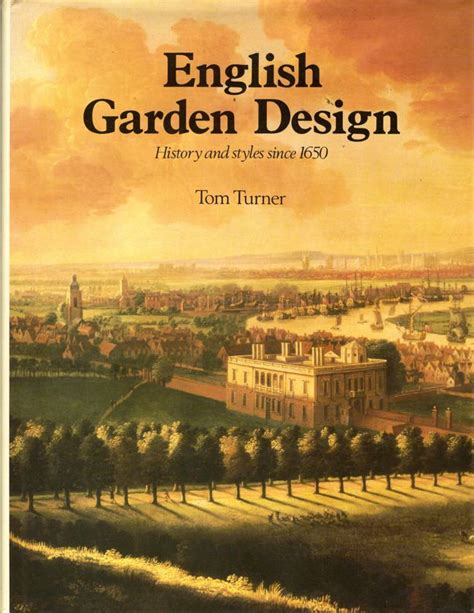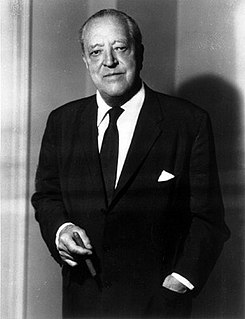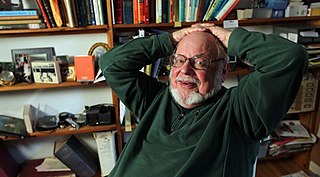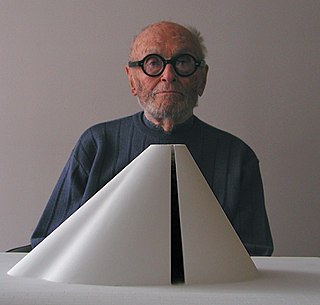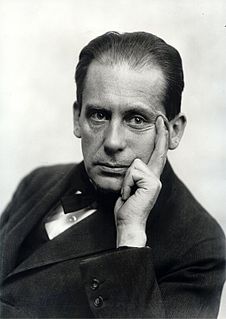Top 13 Quotes & Sayings by Tom Turner
Explore popular quotes and sayings by an English architect Tom Turner.
Last updated on April 14, 2025.
The strengths landscape architecture draws from its garden design heritage include: the Vitruvian design tradition of balancing utility, firmness and beauty; use of the word 'landscape' to mean 'a good place' - as the objective of the design process; a comprehensive approach to open space planning involving city parks, greenways and nature outside towns; a planning theory about the contextualisation of development projects; the principle that development plans should be adapted to their landscape context.
The tragedy of feminine design is that it receives so little official support. Most of the world's design schools, having been organized by men, encourage a masculine approach, even when they are run by women. Yet many designers who are male in the biological sense have a feminine approach to design.
Planners and designers should encourage as much diversity in human habitats as they find in animal habitats. It is not possible to resolve all conflicts or to gain all ends. Choices have to be made. Different aspects of the public good should be stressed in different places. To achieve variety in land use patterns, there should also be a variety of relationships between the professions, not an institutionalized decision-making tree. Relationships between the constructive professions should, therefore, be deconstructed.
